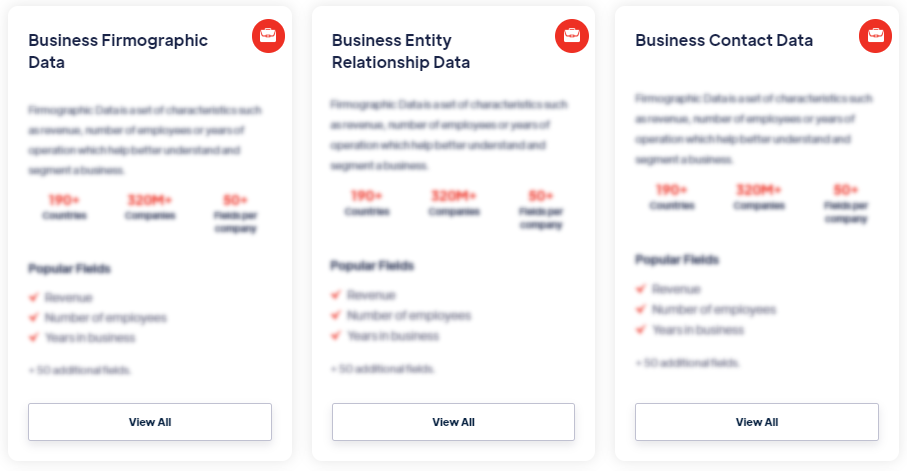Best
Energy efficiency data
Products
Energy Efficiency Data refers to information that measures and evaluates the efficiency of energy use in various sectors, such as residential, commercial, and industrial. It includes data on energy consumption, energy savings, energy performance indicators, and related metrics. Read more
Our Data Integrations


Request Data Sample for
Energy efficiency data

Browse the Data Marketplace

Frequently Asked Questions
1. What is Energy Efficiency Data?
Energy
Efficiency Data refers to information that measures and
evaluates the efficiency of energy use in various sectors, such
as residential, commercial, and industrial. It includes data on
energy consumption, energy savings, energy performance
indicators, and related metrics.
2. What types of Energy Efficiency Data are available?
There are various types of Energy Efficiency Data available,
including building energy performance data, energy consumption
patterns, energy efficiency measures implemented, energy savings
achieved, and energy intensity indicators.
3. How is Energy Efficiency Data collected?
Energy Efficiency Data is collected through various methods,
such as energy audits, metering and monitoring systems, energy
management systems, and surveys. Data can be collected manually,
through smart meters, or through automated monitoring systems
installed in buildings or industrial facilities.
4. Why is Energy Efficiency Data important?
Energy Efficiency Data plays a crucial role in understanding
and improving energy consumption patterns, identifying
energy-saving opportunities, and evaluating the effectiveness of
energy efficiency measures. It helps policymakers, businesses,
and individuals make informed decisions to reduce energy waste,
lower greenhouse gas emissions, and achieve sustainability
goals.
5. How is Energy Efficiency Data used?
Energy Efficiency Data is used to assess and benchmark energy
performance, track energy consumption trends, identify
energy-saving opportunities, measure the impact of energy
efficiency initiatives, and evaluate the return on investment
for energy efficiency projects.
6. What are the challenges in working with Energy Efficiency
Data?
Working with Energy Efficiency Data can present challenges such
as data availability, data quality, and data standardization.
Collecting consistent and accurate data from various sources can
be complex. Additionally, privacy concerns and the need to
protect sensitive information can impact data sharing and
analysis.
7. How can Energy Efficiency Data be improved?
Improving Energy Efficiency Data involves enhancing data
collection methods, promoting data transparency and sharing,
establishing common data standards, and leveraging advanced
analytics and machine learning techniques. Collaboration between
stakeholders, such as energy providers, regulators, and
technology providers, is essential to streamline data collection
and improve the accuracy and usefulness of Energy Efficiency
Data.
